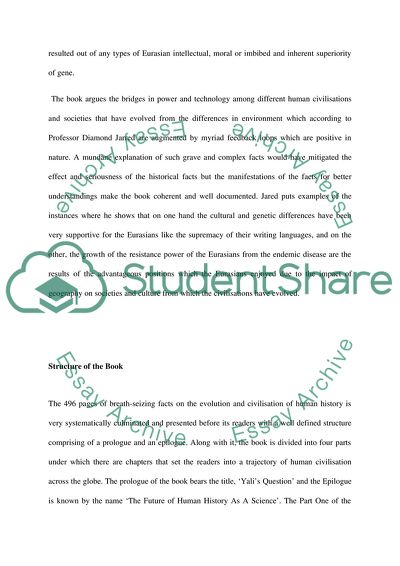Cite this document
(“Guns Germs and Steel the Fates of Human Society Book Report/Review”, n.d.)
Retrieved from https://studentshare.org/sociology/1578410-book-critique-paper
Retrieved from https://studentshare.org/sociology/1578410-book-critique-paper
(Guns Germs and Steel the Fates of Human Society Book Report/Review)
https://studentshare.org/sociology/1578410-book-critique-paper.
https://studentshare.org/sociology/1578410-book-critique-paper.
“Guns Germs and Steel the Fates of Human Society Book Report/Review”, n.d. https://studentshare.org/sociology/1578410-book-critique-paper.


